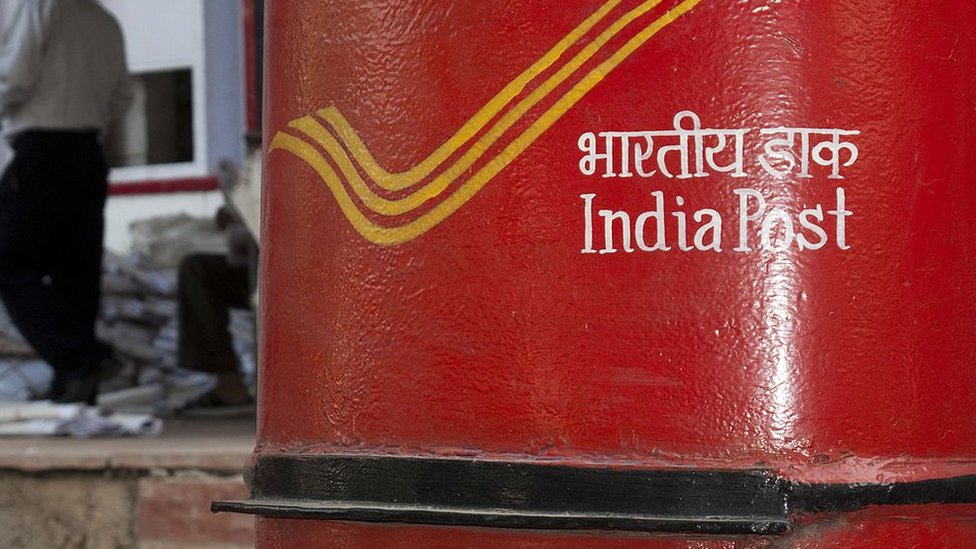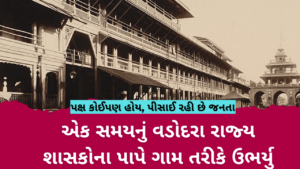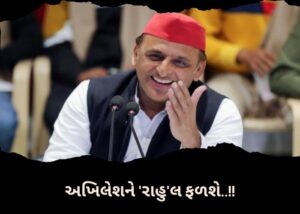You might have heard of World Post Day, celebrated on 9th October each year? On the anniversary of the Universal Postal Union or the UPU which was established in Switzerland in the year 1874, known for starting a global communications revolution by introducing the ability to write letters to people miles away, World Post Day has been celebrated since 1969. On the 9th of October, the world celebrates the importance of postal services across the globe.
Similarly, an extension of World Post Day is the National Postal Day, celebrated on 10th October each year, recognizing the importance of Postal services in each nation. In India, we commemorate the significance and the importance of the 150 year old Indian Postal Service which was first established by Lord Dalhousie in 1854.
Indian Postal Service serves as an utterly integral aspect of the nation’s governance, communication and global development. India, a nation that houses multiple diverse cultures and languages, communication therefore serves as an important part of unity and nation-building. For the same, the Indian Postal Service has performed exceptionally well given the diverse cultures and terrains across the nation and in the neighborhood.
Today we live in a generation that, if not believing in the idea of pen and paper letters, prefers typing up a one-liner message on their swanky cell phones, which will then be sent across to thousands regardless of where they live. How? Well, thanks to the internet and telecom services. But how did this all start, except technological advancements, how did communication set its foundation?
We know of the telegram services, but postal services existed way before those. Times before the Industrial Revolution and later Globalization, friends, families, soldiers and warriors would send letters regarding their well-being, espionage, warnings via letters through postal services. India, being a former British colony, did get postal facilities early on.
The Indian Postal Service (IPoS)
The Indian Postal Service was first established by Lord Dalhousie in 1854 and today it falls under the Ministry of Communications and Technology. The Indian Postal Service falls under Group ‘A’ Civil Services of India, also runs ‘India Post’, which is one of the largest portal service networks across India that also offers traditional postal services along with banking and e-commerce services.
Indian Postal Services have served as the backbone of communications and technology in India, which also impacted the nation’s early socio-economic development. They deliver mails, accept deposits under Small Savings Schemes, provide life insurance covers under Postal Life Insurance (PLI) and Rural Postal Life Insurance (RPLI) along with retail services such as sale of forms and many more.
Department of Posts (DoP) also helps discharge services for citizens such as Mahatma Gandhi National Rural Employment Guarantee Scheme (MGNREGS) as well as pension payments for those who retired. Currently, with almost 1,55,000 post offices, the DoP has the most widely distributed postal network in the world. India has more than 23 postal circles and nine postal zones that also includes the Army Post Office.
Post offices in India follow a 6-digit PIN (Postal Index Number) system which was introduced first in 1972 by Sriram Bhikaji Velankar when he served as the Union Ministry of Communications Additional Secretary. The first digit in the PIN stands for the region, the second digit stands for the sub-region. The third digit stands for the district with the last three digits denoting what Post Office the address falls under.
Despite technological advancements, postal services are still valid as the majority of e-commerce services require postal services sto ship parcels to locations. It seems as though we associate the importance of postal services to mainly e-commerce activities today.
-An article by Shreya Raolji




















